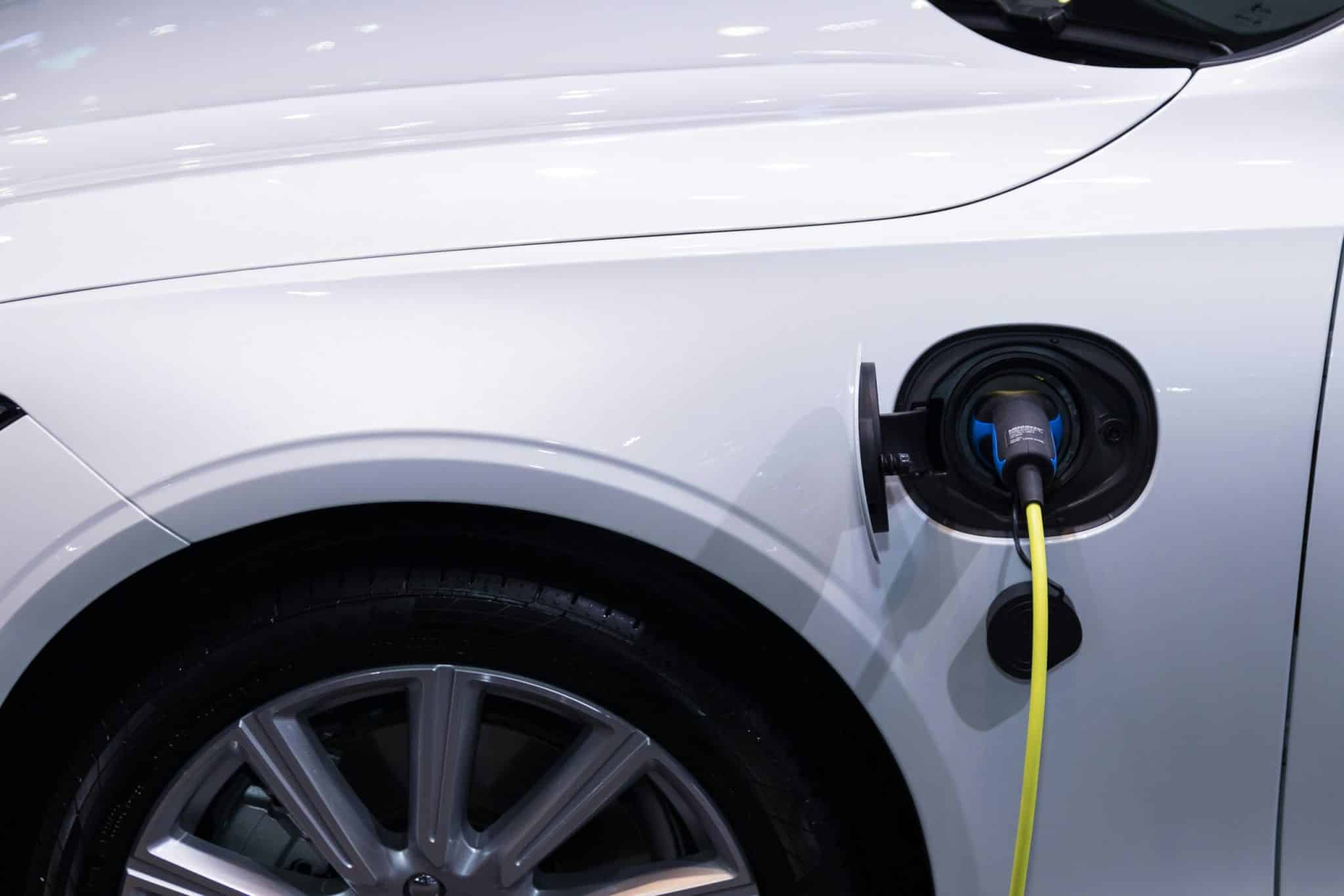Lithium-Air Batteries: Doubling the Range of Hybrid Cars
With the increasing demand for more sustainable and eco-friendly transportation, hybrid cars have gained immense popularity in recent years. However, one major drawback of these vehicles is their limited range, which has been a major obstacle in their widespread adoption. But what if there was a way to double the range of hybrid cars, making them even more efficient and practical for everyday use? Enter lithium-air batteries – a revolutionary technology that has the potential to change the game for hybrid cars and propel them towards a greener future.
The Problem with Conventional Batteries
Hybrid cars typically use a combination of traditional gasoline or diesel engines and electric motors to power the vehicle. While this reduces fuel consumption and emissions, the limited battery range has been a major hindrance in their widespread adoption. Conventional batteries such as lithium-ion and lead-acid have been the go-to power source for hybrid cars, but they come with their own set of limitations.
Lithium-ion batteries, although widely used in consumer electronics, suffer from a relatively short lifespan, limited energy density and tend to degrade over time. Lead-acid batteries, on the other hand, have a longer lifespan but are bulky, heavy and have lower energy density than lithium-ion batteries. This has prompted researchers to explore alternative battery chemistries that can overcome these limitations and provide longer range for hybrid cars.
The Promise of Lithium-Air Batteries
Lithium-air batteries have emerged as one of the most promising alternatives to conventional batteries, particularly for use in hybrid cars. These batteries use a lithium metal anode, an air cathode, and a non-aqueous electrolyte to produce electricity. They have a much higher theoretical energy density than lithium-ion batteries, making them capable of storing more energy in the same volume and weight.
The technology behind lithium-air batteries is still relatively new, and there is ongoing research to further improve their efficiency and durability. One of the key advantages of these batteries is their significantly higher energy density, which allows them to store more energy than traditional batteries. This means that hybrid cars equipped with lithium-air batteries can travel twice the distance of those with conventional batteries, without needing to stop for recharging.
Challenges and Limitations
Despite their potential, lithium-air batteries are still in the early stages of development, and there are certain challenges that need to be addressed before they can be commercialized for use in hybrid cars. One of the major limitations of these batteries is their relatively short lifespan, with only a few hundred charge/discharge cycles before degradation occurs. Researchers are also working to improve the rechargeability and stability of the batteries, which is crucial for their practical use in hybrid cars.
Another challenge is the need for a pure source of oxygen for the batteries to function effectively. While this can be achieved using an air pump or a tank of compressed oxygen, it adds to the weight and complexity of the battery system. Additionally, the use of lithium metal anode also poses safety concerns, as lithium is highly reactive and can potentially cause fires if not handled properly.
The Road Ahead
Despite these challenges, the potential of lithium-air batteries to significantly improve the range of hybrid cars cannot be ignored. With ongoing research and advancements in battery technology, we can expect to see these batteries powering hybrid cars in the near future. In fact, a team of researchers at the University of Cambridge has already conducted successful tests in which a prototype lithium-air battery is powering a light-duty electric vehicle for over 600 miles on a single charge.
Moreover, the application of lithium-air batteries is not limited to just hybrid cars. They can also be used in other industries, such as aerospace and renewable energy, where high energy density and longer lifespan are crucial factors. As the demand for sustainable energy solutions continues to grow, the development and adoption of lithium-air batteries will play a significant role in meeting our future energy needs.
Conclusion
In the race towards a greener future, lithium-air batteries hold immense potential to double the range of hybrid cars and make them a more practical and sustainable transportation option. While there are still challenges to be overcome, ongoing research and advancements in battery technology are paving the way for a future where hybrid cars can travel much longer distances without compromising on environmental impact.










